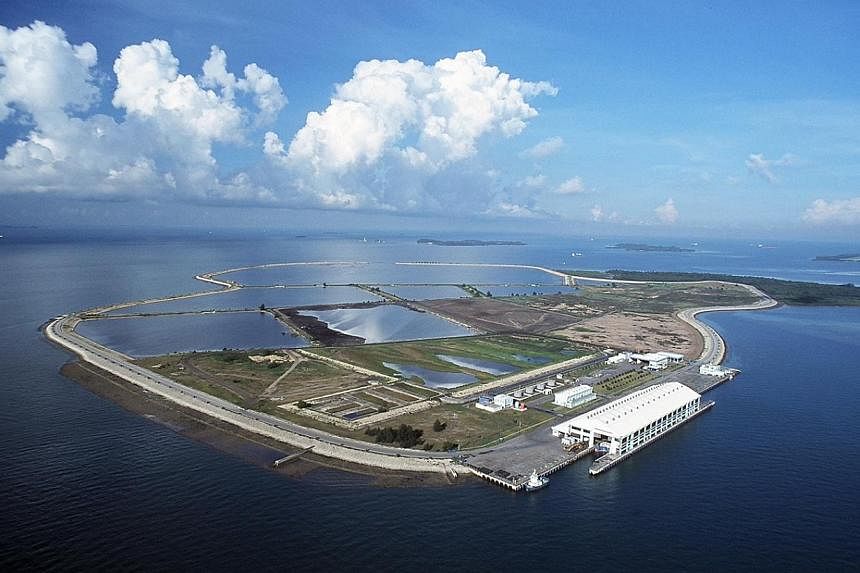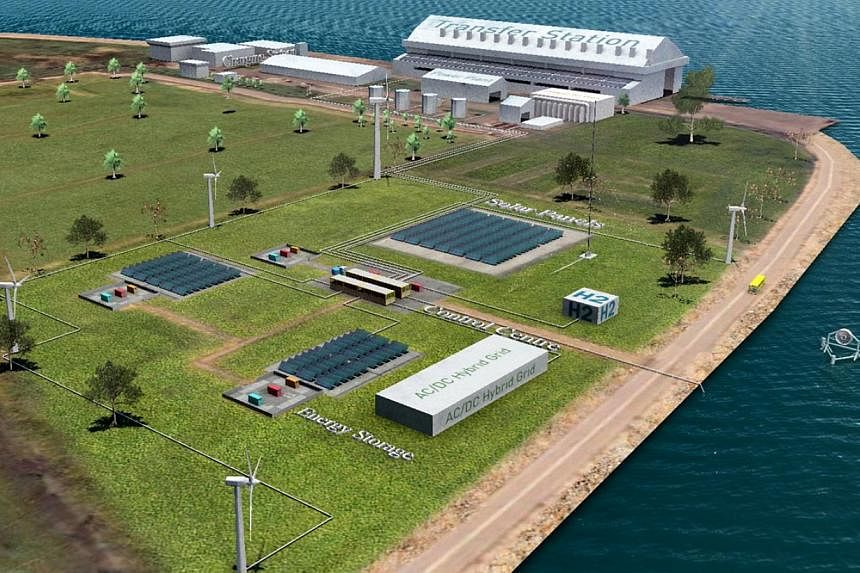SINGAPORE - Singapore will build a first-in-the-region, hybrid micro-grid that combines renewable power from the sun, wind and sea.
The grid will also tap energy management and storage systems to ensure a stable and consistent power supply.
The demonstration grid will be located offshore at the Semakau Landfill and is expected to produce about 1 megawatt of power, which will be used on Semakau for a start.
The project is expected to attract $20 million in projects over the next five years, in addition to an initial $8 million investment in the grid infrastructure. Nanyang Technological University (NTU) will build the grid and work with 10 multinational companies to develop renewable power and other technologies for it.
NTU, the 10 companies and the Sustainable Energy Association of Singapore signed a pledge on Tuesday at the Singapore International Energy Week to work on the grid. The project will also be supported by the National Environment Agency and the Economic Development Board.
Minister in the Prime Minister's Office S. Iswaran, who announced the project, said that renewable energy sources are usually intermittent. Solar power, for example, depends on the availability of sunlight. "But the smart use of storage and control algorithms will ensure this intermittency is not disruptive to energy users," he said.
Mr Iswaran, who is also Second Minister for Home Affairs and Trade and Industry, added: "I believe the successful demonstration of these technologies (in the grid) will translate into the ability for Singapore, together with our partners, to provide electricity to island communities and remote villages, as well as strengthen grid stability in urban communities, all of which are acute needs in Asia."strengthen grid stability in urban communities, all of which are acute needs in Asia."


